City of London ’will compound harm caused by Walkie Talkie if tourist tower approved’
City of London decision makers should reject planning officers’ advice to approve Foster & Partners’ Tulip tower because of the harm it will do to the capital’s heritage, the chief executive of Historic England has said.
In an unusually direct attack on a development proposal, Duncan Wilson said the 305m tourist attraction was “a lift shaft with a bulge” that would have a detrimental effect on views of the capital. He added that approving the tower would compound harm caused by Rafael Viñoly’s Walkie Talkie building.
Historic England submitted detailed objections to the scheme – created for Jacob J Safra, owner of the neighbouring Gherkin building – in December last year, primarily expressing concerns over its impact on views of the Tower of London, which is a Unesco World Heritage Site.

Michael Dunn, who is the government heritage advisor’s principal inspector, said the Tulip would be a “vertical cliff edge” between the City’s Eastern Tall Buildings Cluster and the Tower and “visually challenge the dominance and strategic position of the Tower”, harming its significance in the process.
Historic Royal Palaces, which manages the Tower, the Greater London Authority, and even the City’s own built environment team have also raised concerns about the proposal.
But this week City planning officers recommended the scheme for approval at the next meeting of the corporation’s planning and transportation committee – dismissing Historic England’s advice in the process.
Chief exec Duncan Wilson said the recommendation to approve was short-sighted and should not be rubber-stamped.
“This building – a lift shaft with a bulge on top – would damage the very thing its developers claim they will deliver: tourism and views of London’s extraordinary heritage,” he said.
“The setting of the Tower of London, a symbol of the city not just to millions of Londoners but to the whole world and one of our most visited places, will be harmed.
“It has already been damaged by the Walkie Talkie and it would be a great shame if that mistake was repeated.”
The City of London attracted criticism for permitting the construction of the Walkie Talkie, both for its design and because it is located on a site outside of the Eastern Tall Buildings Cluster.
The 37-storey building was approved it in 2006 against the advice of Historic England’s predecessor body English Heritage, but with the backing of Cabe. It was subsequently called in by communities secretary Ruth Kelly but approved by her successor Hazel Blears after a public inquiry which acknowledged that it would harm the skyline.
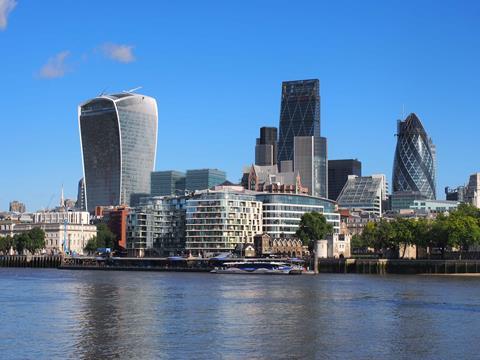
Recommending the Tulip for approval at Tuesday’s planning and transportation committee meeting, City officials said that while the proposals would breach some City of London planning policies, they would cause “less than substantial harm” to the setting of the Tower of London.
Harm judged “less than substantial” is an important consideration in the government’s National Planning Policy Framework and makes it easier to argue that benefits from a proposal outweigh negative impacts.
In their 152-page report, planning officers said Fosters’ design was “highly unusual and unique within the UK context” giving the tower “the potential to become an architectural icon for the City, London and the UK”, and further afield.
“The proposed architectural approach is bold and striking. Its aesthetic inspiration derives from the Gherkin and the proposal seeks to achieve a familial synergy with the Gherkin,” officers said.

“Amongst the more orthodox and conventional new architecture in the City and in wider London, history has shown that there is occasional radical and visually striking new architecture which challenges convention and the norm and provokes a polarised debate as to their appropriateness to the London skyline.
“London is inherently an innovative and ever-changing City. The Tulip as an architectural expression could continue this tradition of accommodating unconventional and eye-catching landmarks on the skyline, although this needs to be balanced against its impact on other historical landmarks.”
Last month, the chair of the City’s planning and transportation committee Chris Hayward told BD he expected that any decision to approve the Tulip would be called in for further scrutiny at a public inquiry presided over by a planning inspector.
The City’s planning and transportation committee meets to determine the Tulip proposal at 10.30am on April 2.









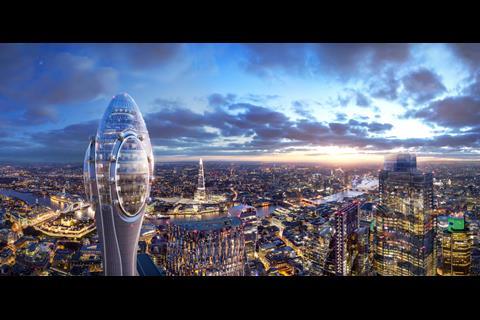
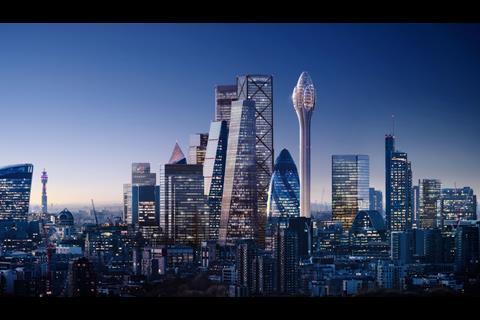
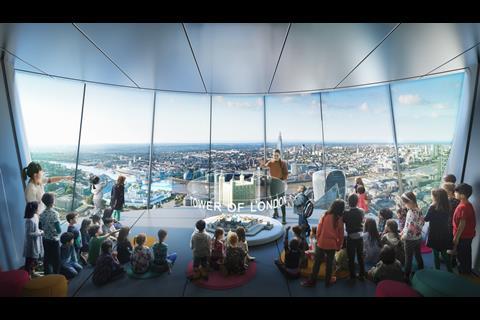


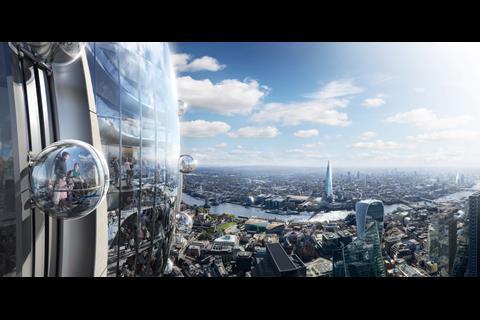
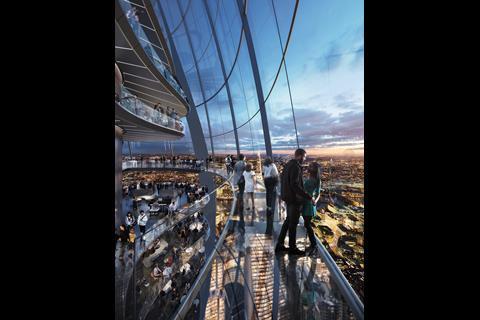

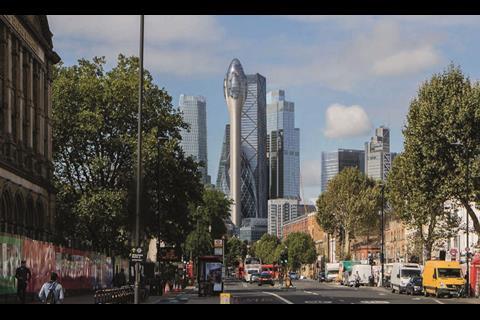
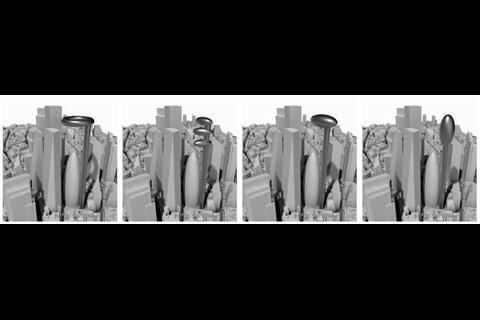
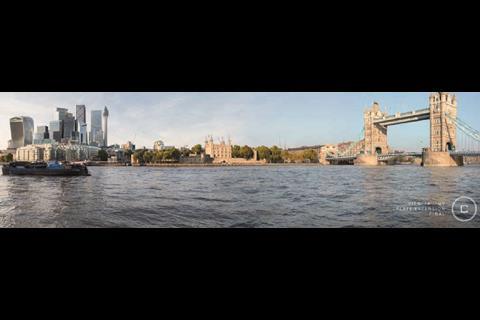







10 Readers' comments